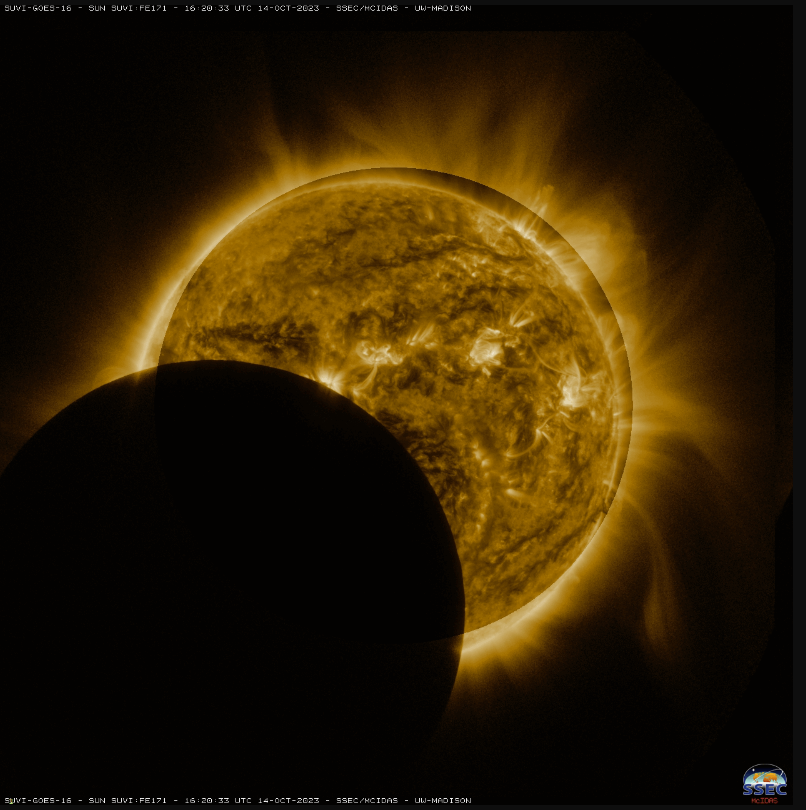
[ Archive ]

 |
CIMSS-NOAA Weekly Report [ Archive ] |
 |
CIMSS-NOAA WEEKLY HIGHLIGHTS FOR THE WEEK ENDING OCTOBER 20, 2023
DATA, INFORMATION, AND USE-INSPIRED SCIENCE:
FUTURE OUTLOOK:
AWARDS AND RECOGNITION:
TRAVEL AND MEETINGS:
TRAINING AND EDUCATION:
VISIT training for GOES-R IFR Probability: Scott Lindstrom from the Cooperative Institute for Meteorological Satellite Studies (CIMSS) gave a Virtual Institute for Satellite Integration Training (VISIT) webinar on GOES-R Instrument Flight Rules (IFR) Probability, the GOES-R Fog/Low Stratus product, to a Physical Scientists at NWS Headquarters in Silver Spring MD. The 20-minute webinar was followed by a discussion on the difficulties of predicting ceilings and visibilities around San Francisco (S. Lindstrom, CIMSS, 608 263 4425)
MEDIA INTERACTIONS AND REQUESTS:
SOCIAL MEDIA AND BLOG Posts:
SSEC and CIMSS Scientists in the news: Scientists at the University of Wisconsin-Madison (UW) Space Science and Engineering Center (SSEC) and the Cooperative Institute for Meteorological Satellite Studies (CIMSS) provide expert interviews, imagery and case studies to promote science. This week: 1) CIMSS Satellite Blog contributors Scott Lindstrom, Scott Bachmeier, and Alexa Ross published these case studies: "Add Level 2 Products to satellite imagery to understand the atmosphere" (October 17), "Former Typhoon Bolaven near the Gulf of Alaska" (October 16), "Annular solar eclipse shadow" (October 14), "Tropical Storm Sean" (October 13). Read more at the CIMSS Satellite Blog: https://cimss.ssec.wisc.edu/satellite-blog/. (S. Lindstrom, CIMSS)
 (Click image to enlarge)
(Click image to enlarge)
Figure: SUVI Fe171 Imagery, 1620 UTC on 14 October 2023. The Moon is between GOES-16 and the Sun during the Annular Eclipse, partially blocking the instrument's view of the solar disk.
PUBLICATIONS:
OTHER:
| Archived Weeklies Page | Submit a report item |